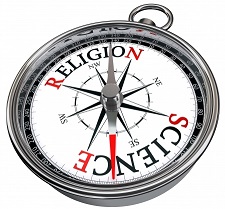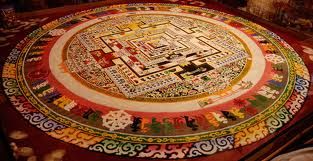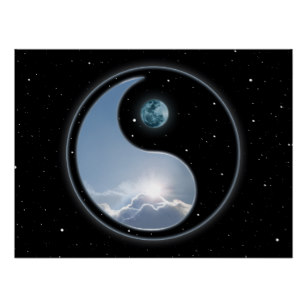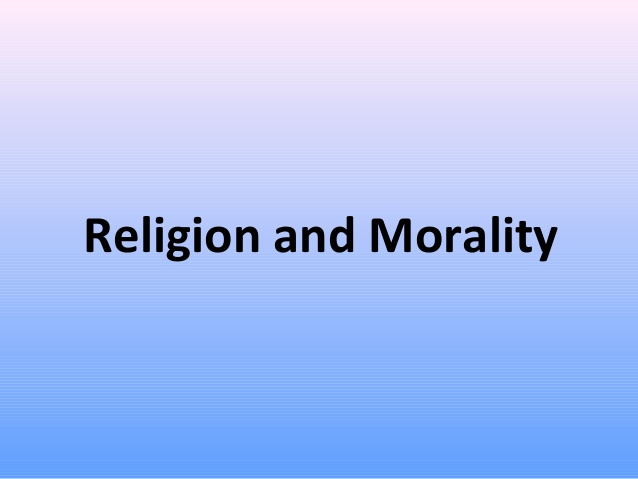Religion
Date : May, 2021
Source : SAGE Journals
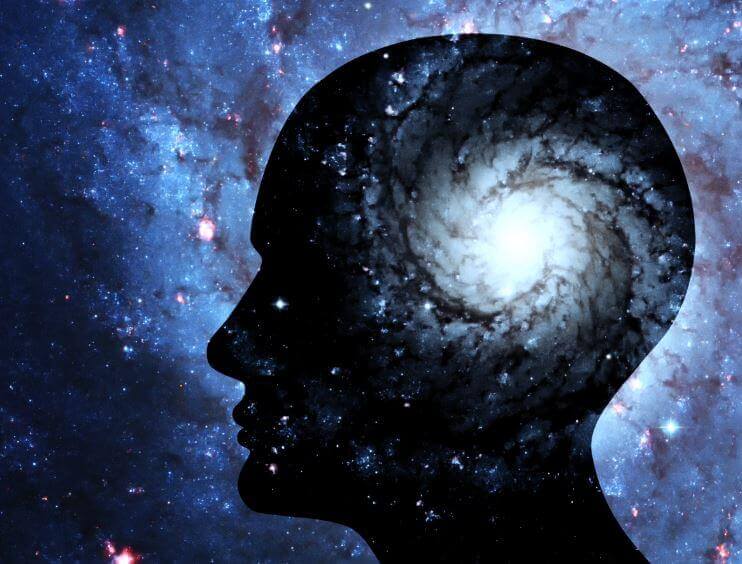
Sufi’s ontology, epistemology, cosmology and practice are pregnant with the idea of Light and its nature. A paper reviewed one of the lesser known work of one Sufi thinker (Shams al-Dîn al-Daylamî – 12th century), The Mirror of Souls, describing the nature of the soul as a subtle body.
In Sufism, the human soul and body are understood as a microcosm that reflected the organization of the macrocosm. In the depiction of Shams al-Dîn al-Daylamî, the faculties of the soul are presented under the shape of concentric circles, referring to each faculty as a world.
Read more : SAGE Journals


